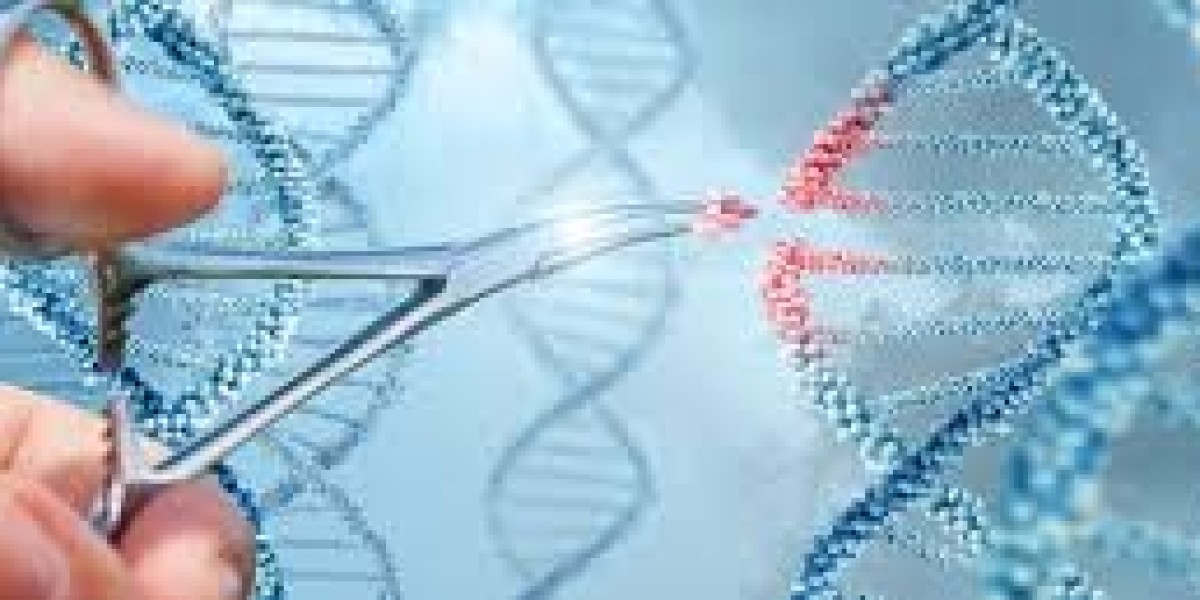human gene editing, particularly through technologies like CRISPR-Cas9, has garnered significant attention in recent years. The potential to alter the human genome presents exciting opportunities for treating genetic disorders, improving health outcomes, and even extending human lifespan. However, these advancements also raise complex ethical, societal, and safety concerns. This article delves into the possibilities offered by gene editing, examines its ethical implications, and considers the future direction of this revolutionary technology.
The Science of Gene Editing
Gene editing refers to the process of making precise alterations to the DNA of an organism. It enables scientists to add, remove, or alter genetic material at specific locations in the genome. One of the most powerful tools for gene editing is CRISPR-Cas9, a technique that has drastically improved the accuracy, efficiency, and affordability of gene editing in recent years. CRISPR, which stands for Clustered Regularly Interspaced Short Palindromic Repeats, is a natural defense mechanism used by bacteria to fight viral infections. In gene editing, CRISPR allows scientists to target specific genes and "cut" the DNA at desired locations.
The CRISPR-Cas9 system works by guiding the Cas9 protein to a specific DNA sequence, where it creates a break in the DNA. Once the break occurs, the cell’s natural repair mechanisms can either introduce changes or correct mutations, depending on the approach used. This precise method of altering genetic material has opened new avenues for treating diseases like sickle cell anemia, cystic fibrosis, and even certain types of cancer.
The Promise of Human Gene Editing
One of the most promising aspects of gene editing is its potential for treating genetic disorders. Diseases that are caused by mutations in a single gene, such as muscular dystrophy, Huntington’s disease, and Tay-Sachs disease, could be treated or even cured through gene therapy. In some cases, gene editing can correct the genetic mutations directly, eliminating the need for lifelong treatments or palliative care.
Gene editing also holds promise for preventing genetic diseases before they manifest. In the case of heritable conditions, gene editing could be used to repair the genes of embryos, ensuring that they are born without inheriting genetic disorders. This approach, known as germline editing, has the potential to eradicate some genetic diseases entirely, but it also raises significant ethical concerns, as discussed later in this article.
Beyond disease prevention, gene editing could be used to enhance human traits. Research is exploring ways to increase human resistance to diseases, enhance cognitive abilities, or improve physical characteristics. These enhancements, while exciting, lead to important ethical and societal questions about the definition of "normal" human traits and the potential for inequality in access to these technologies.
Ethical Concerns in Gene Editing
While the potential benefits of gene editing are immense, they also give rise to a host of ethical questions. Perhaps the most significant debate revolves around the use of gene editing in human embryos and germline cells. In 2018, Chinese scientist He Jiankui shocked the world by announcing the birth of twin girls whose genomes had been edited using CRISPR to make them resistant to HIV. The revelation sparked an outcry in the scientific community, as this experiment was conducted without adequate ethical oversight and violated global norms about the appropriate use of gene editing in humans.
The main concern with editing the human germline is that changes made to embryos or sperm and egg cells would be passed on to future generations. This raises questions about the potential for unintended consequences, such as unforeseen genetic disorders, or the possibility of altering human evolution in ways that could have unpredictable effects. The long-term consequences of germline editing are still largely unknown, and many argue that the risks outweigh the potential benefits at this stage in our understanding.
Another ethical issue is the possibility of creating a "designer baby" market, where genetic traits are chosen to enhance physical appearance, intelligence, or other characteristics. This leads to concerns about social inequality and the potential for discrimination based on genetic attributes. If gene editing becomes widely available, those with access to these technologies may be able to enhance their children’s traits, leading to an even greater divide between the wealthy and the less privileged. This could result in a society where genetic advantages become a marker of status, exacerbating existing inequalities.
Additionally, there are concerns regarding the safety of gene editing. While CRISPR has proven to be a powerful tool in the laboratory, there is still a risk of off-target effects—where the technology alters unintended parts of the genome. These unintended changes could potentially introduce harmful mutations or lead to unforeseen health issues. As such, rigorous safety protocols and long-term studies are necessary before gene editing is used in clinical settings or on human embryos.
Regulatory and Legal Frameworks
As gene editing continues to evolve, the question of how it should be regulated becomes increasingly important. International bodies, such as the World Health Organization (WHO) and the United Nations, have called for global discussions on how to regulate gene editing, particularly when it comes to germline modifications. Many countries have implemented or are considering policies to restrict certain types of gene editing, especially with regard to human embryos. For example, in the United States, the Food and Drug Administration (FDA) has not approved gene editing for human embryos, though clinical trials for somatic cell editing (editing non-reproductive cells) have been allowed under strict guidelines.
There is a growing consensus that gene editing should be subject to strict ethical guidelines, peer review, and oversight by independent bodies to ensure that research is conducted responsibly and transparently. Ethical frameworks should be developed to address concerns related to consent, the potential for abuse, and the long-term implications of altering the human genome.
The Future of Gene Editing
The future of human gene editing is both exciting and uncertain. On one hand, the ability to cure genetic diseases, prevent hereditary conditions, and improve human health holds the promise of transforming medicine. On the other hand, the ethical dilemmas, social implications, and safety concerns surrounding gene editing must be addressed before it can be widely adopted.
In the coming years, scientific advancements will likely continue to refine the accuracy and efficiency of gene-editing technologies. With improved understanding and more sophisticated tools, the potential for gene editing to treat a broader range of conditions, including complex diseases like cancer, may become a reality.
However, achieving this potential will require careful consideration of the ethical, social, and legal challenges. Public discourse and ongoing research into the long-term effects of gene editing are essential for shaping policies that ensure its responsible use.
Conclusion
human gene editingrepresents one of the most significant scientific advancements of the 21st century. While it offers the potential to cure genetic diseases, prevent the inheritance of debilitating conditions, and improve human health, it also presents significant ethical, societal, and safety challenges. As the field continues to evolve, it is crucial that scientists, policymakers, and the public engage in thoughtful discussions about the risks and rewards of gene editing. Only through careful regulation, ethical considerations, and responsible research can we ensure that the promises of gene editing are realized in a way that benefits humanity as a whole.









